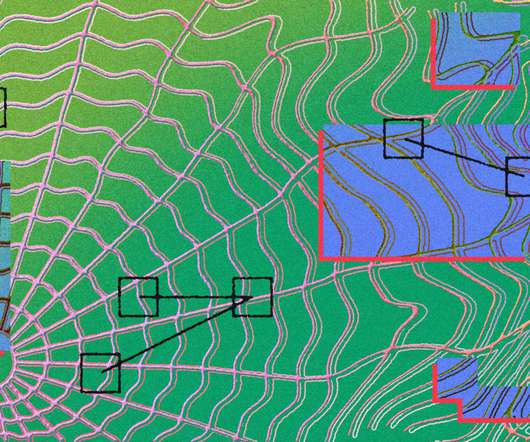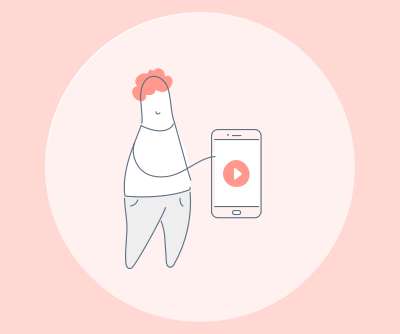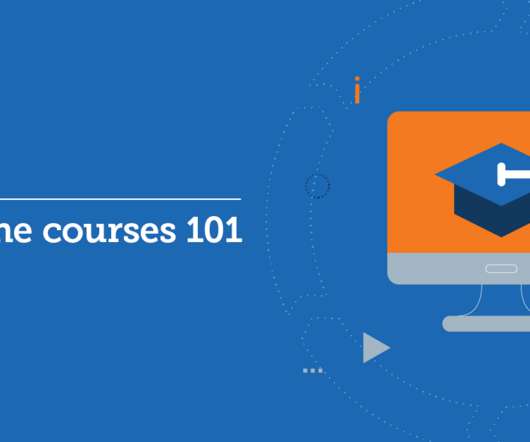Finding the Most Effective Course For Your Learning Objective
OpenSesame
SEPTEMBER 29, 2014
Traditional methods of educational transference (books, lectures and most online training programs) have far less of an effect on contemporary employees than one might think. In a review of the science of learning, based on the seminal work in the field led by Dr. Benjamin Bloom back in the 1950s and 60s (i.e. Psychomotor (hands on).












































Let's personalize your content